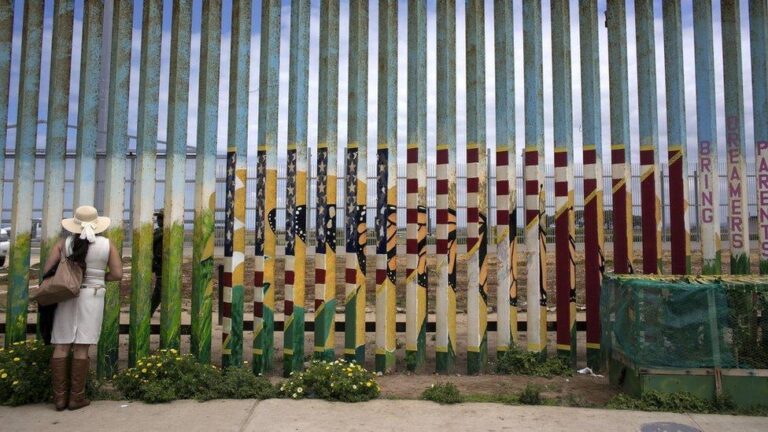Analyzing Homicide Rates: Washington, D.C., Mexico City, and Bogot√° in Perspective
Evaluating Claims on Urban Violence: A Data-Driven Comparison
Recently, former President Donald Trump claimed that the homicide rate in Washington, D.C. exceeds those of prominent Latin American cities like Bogot√° and Mexico City. This assertion has ignited considerable public discourse, necessitating a thorough review of crime data from the United States, Colombia, and Mexico. By examining the most recent statistics, this article aims to clarify the realities behind these claims and shed light on the broader context of urban violence and public safety policies.
Dissecting Homicide Statistics: Washington, Mexico City, and Bogot√°
When scrutinizing homicide rates per 100,000 inhabitants, the data reveals a more intricate scenario than the headlines imply. Washington, D.C. has indeed seen an uptick in violent incidents, yet its homicide rate remains generally lower than that of Bogotá and comparable to Mexico City’s. Current figures indicate Bogotá experiences roughly 25 homicides per 100,000 residents, Mexico City approximately 15 per 100,000, and Washington, D.C. close to 15 per 100,000, though the latter fluctuates annually.
These variations are influenced by multiple factors including population density, economic disparities, and the capacity of local law enforcement agencies. Additionally, the socio-political environment plays a significant role: Mexico City grapples with cartel-related violence, while Bogot√° continues to face challenges stemming from its post-conflict transition and the presence of armed groups. Such complexities make direct comparisons without context misleading.
| City | Estimated Homicide Rate (per 100,000 inhabitants) |
Key Influencing Factors |
|---|---|---|
| Washington, D.C. | ~15 | Gun-related violence, socio-economic inequality, urban crime dynamics |
| Mexico City | ~15 | Organized crime, high population density, cartel conflicts |
| Bogot√° | ~25 | Post-conflict recovery, armed groups, urban socio-political challenges |
Challenges in Crime Data Reporting and Interpretation
It is crucial to acknowledge that differences in crime data collection and reporting standards across these cities affect the accuracy and comparability of homicide rates. In Colombia and Mexico, rural underreporting and political sensitivities often lead to incomplete or misclassified crime records. Conversely, Washington, D.C. benefits from more systematic and transparent crime reporting mechanisms, which may contribute to more reliable statistics.
These disparities underscore the importance of harmonizing data collection methods internationally and promoting transparency in law enforcement reporting. By doing so, policymakers and the public can engage in more informed discussions about urban safety, avoiding oversimplified comparisons that overlook the unique socio-political landscapes influencing crime in each city.
Recommendations for Enhancing Public Safety Discourse and Policy
To foster a more accurate understanding of urban violence, it is recommended to:
- Standardize crime data reporting protocols across countries to improve comparability.
- Invest in transparent and timely crime data dissemination to build public trust.
- Contextualize crime statistics within socio-economic and political frameworks to avoid misleading conclusions.
- Encourage collaborative research initiatives that analyze urban violence trends holistically.
Final Thoughts: Navigating the Complexities of Urban Crime
In summary, a detailed review of homicide data reveals that Washington, D.C.’s murder rate does not surpass those of Bogotá or Mexico City, contrary to recent claims. Each city’s homicide figures are shaped by distinct social, economic, and political factors that must be considered to understand the true nature of urban violence. As public debates continue, grounding discussions in verified data and comprehensive analysis remains essential for crafting effective safety policies and fostering informed public awareness.







